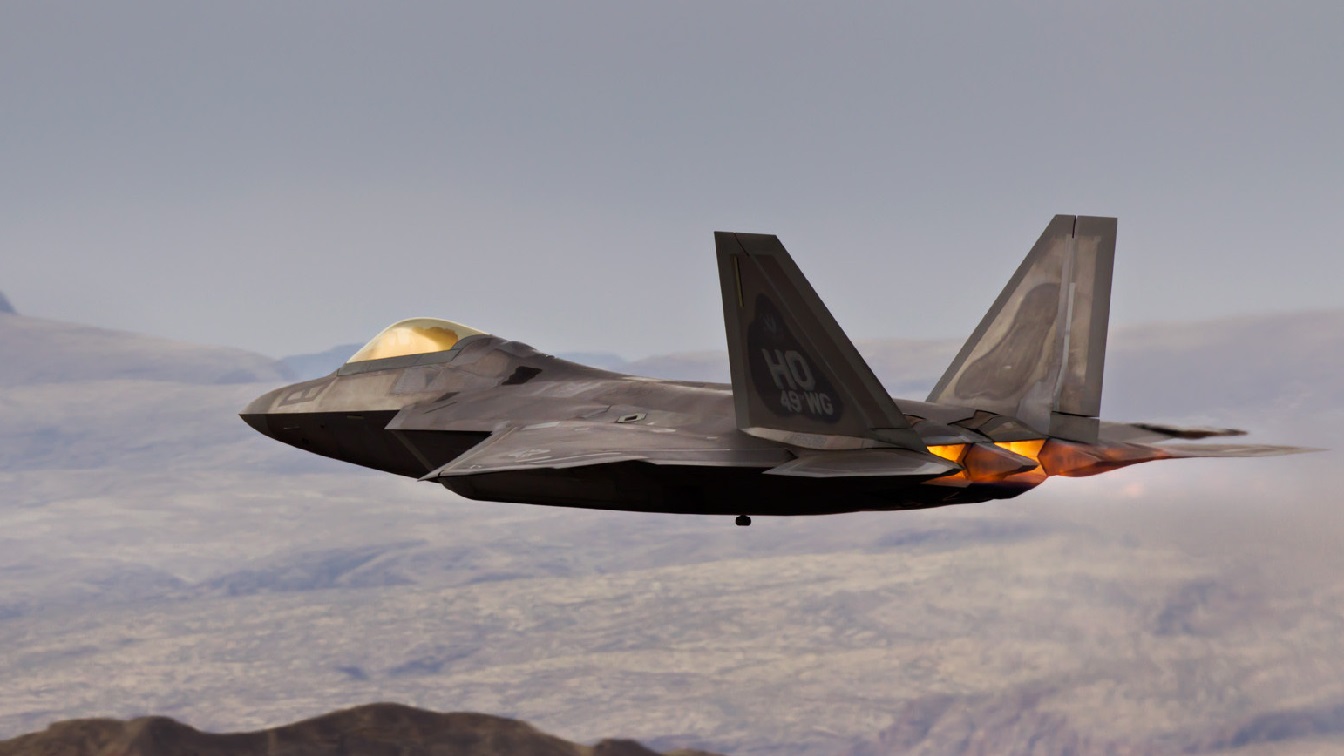Late last year, it was announced that a rotation of United States Air Force F-22 Raptors would be temporarily deployed to Japan to replace the aging F-15 fighters that are now being phased out. Two squadrons of F-15C/D fighters have been based at Kadena Air Base in Okinawa since 1979.
(Subscribe to Our YouTube Channel Here.)
Over the next two years, those old warbirds will fly the proverbial coop in retirement. At least sixty-one F-15s will be retired next year.
The Eagles will be temporarily replaced with newer and more advanced fighters while it is determined what will be the permanent long-term replacement. Some lawmakers have expressed concerns that the reduction of aircraft could leave U.S. forces stretched thin in the region.
There have even been calls from some in Washington to more permanently deploy a number of fifth-generation Raptors to Japan that had been scheduled for retirement. The agreement is that those aircraft could be upgraded instead of sent to the boneyard – and could serve as a serious deterrent to China.
In fact, the F-22 was initially expected to replace the F-15 starting in the mid-2000s – but production of the Raptor was halted in 2010, with less than half the planned aircraft entering service.
That resulted in extending the service of the F-15.
Japan Wanted the F-22 Raptor
There could be some irony in the fact that the F-22 Raptors could be landing in Japan for an unspecified deployment, as Tokyo had expressed interest in the fifth-generation air superiority fighter for the Japan Air Self-Defense Force (JASDF). The Japanese government said it needed a fighter like the F-22 to deter an attack, and that the Raptor would be particularly well-suited to intercepting hostile missiles and aircraft in flight, or destroying them on the ground.
However, the F-22 couldn’t actually be exported due to United States federal laws that were meant to protect its stealth technology and other classified features. In September 2006, Congress even upheld a ban on foreign F-22 sales.
The issue was subject to a Congressional Research Service Report for Congress from July 2007, which considered potential benefits including those to U.S. industry, as well as the contribution to the defense of Japan and the region. By exporting the advanced air superiority fighter to a regional partner, it would still serve as a deterrent to Beijing while the actual costs wouldn’t need to be solely carried by Washington and U.S. taxpayers. Moreover, it could have promoted U.S. interoperability with the Japanese military.
Consideration of the export of the F-22 was taken seriously by lawmakers and included the Senate Appropriations Committee’s defense subcommittee exploring the variables following North Korean missile launches in 2009. A consideration was how it could translate to new orders of forty to sixty more aircraft for Lockheed Martin, even as the production line was nearing its shutdown.
In the end, the costs of the F-22 were beyond Tokyo’s defense budget – which was then set at one percent of its GDP. With the end of Raptor production, Japan instead opted for the F-35.
As a Foreign Military Sales (FMS) participant, the JASDF has an established program of record with 147 F-35 Aircraft, consisting of 105 F-35A variants and up to forty-two F-35B models. Currently, Japan has been acquiring the most F-35s of any international customer – yet, it is essential to remember that it wanted the F-22 instead.
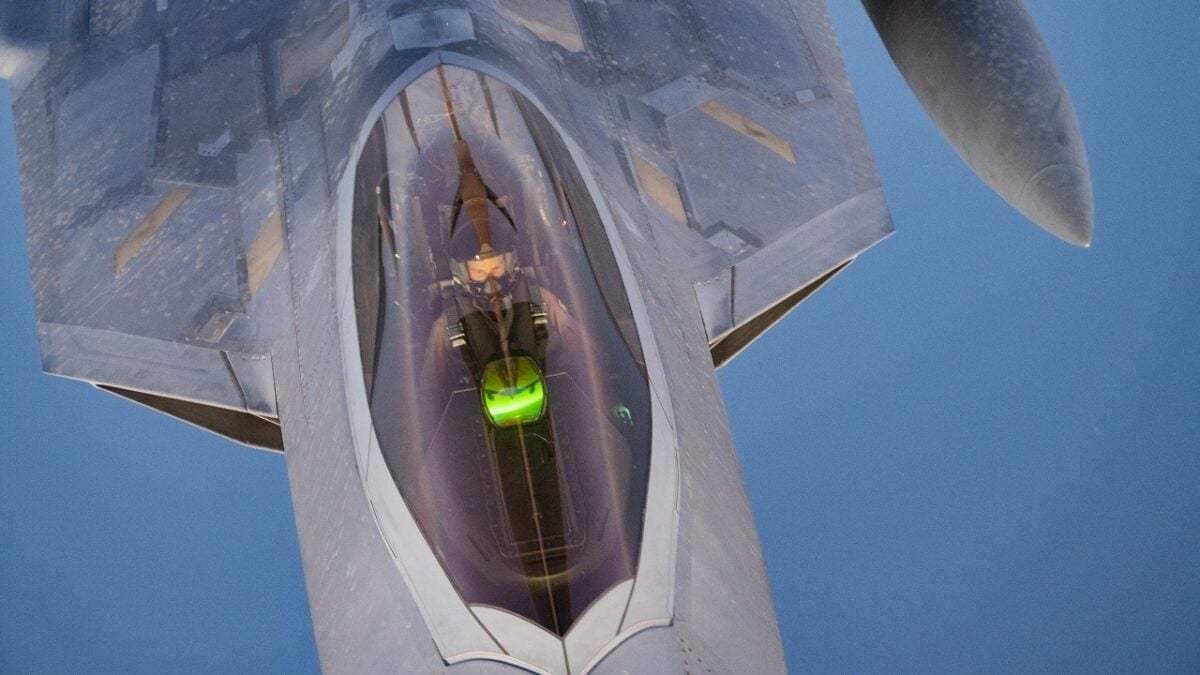
A U.S. Air Force F-22 Raptor receives fuel from a U.S. Air Force KC-135 Stratotanker assigned to the 340th Expeditionary Air Refueling Squadron, above the U.S. Central Command area of responsibility, March 14, 2022. The F-22 Raptor is a fifth-generation aircraft that combines stealth, supercruise, maneuverability, integrated avionics, and is designed to project air dominance, rapidly and at great distances, and deter regional aggressors while deployed in the USCENTCOM AOR. (U.S. Air Force photo by Staff Sgt. Frank Rohrig)
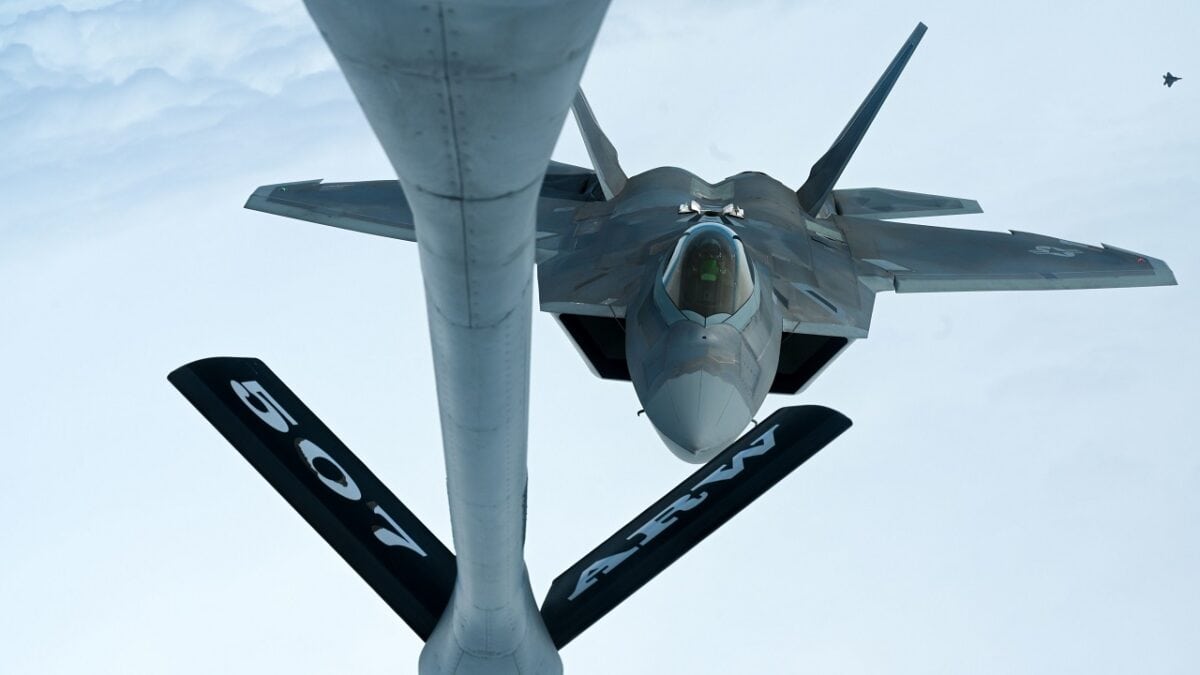
Eight F-22 Raptors with the 325th Fighter Wing at Tyndall Air Force Base, Florida, receive fuel from a KC-135 Stratotanker from the 507th Air Refueling Wing from Tinker Air Force Base, Oklahoma, Feb. 7, 2022, while the Okies flew to the U.S. Virgin Islands for training. (U.S. Air Force photo by Lauren Kelly)
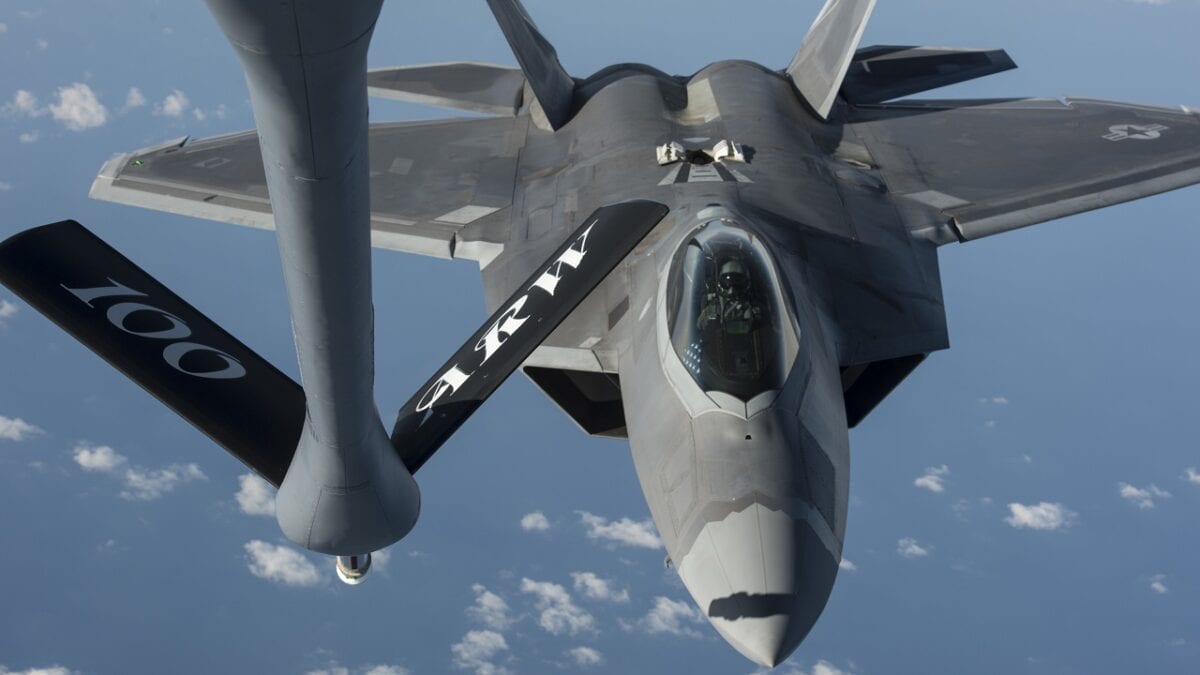
A U.S. Air Force F-22 Raptor from the 95th Fighter Squadron, Tyndall Air Force Base, Fla., moves into position behind a KC-135 Stratotanker from the 100th Air Refueling Wing, RAF Mildenhall Air Base, England, to conduct aerial refueling Sept. 4, 2015, over the Baltic Sea. The U.S. Air Force has deployed four F-22 Raptors, one C-17 Globemaster III, approximately 60 Airmen and associated equipment to Spangdahlem Air Base, Germany. While these aircraft and Airmen are in Europe, they will conduct air training with other Europe-based aircraft. (U.S. Air Force photo by Tech. Sgt. Jason Robertson/Released)
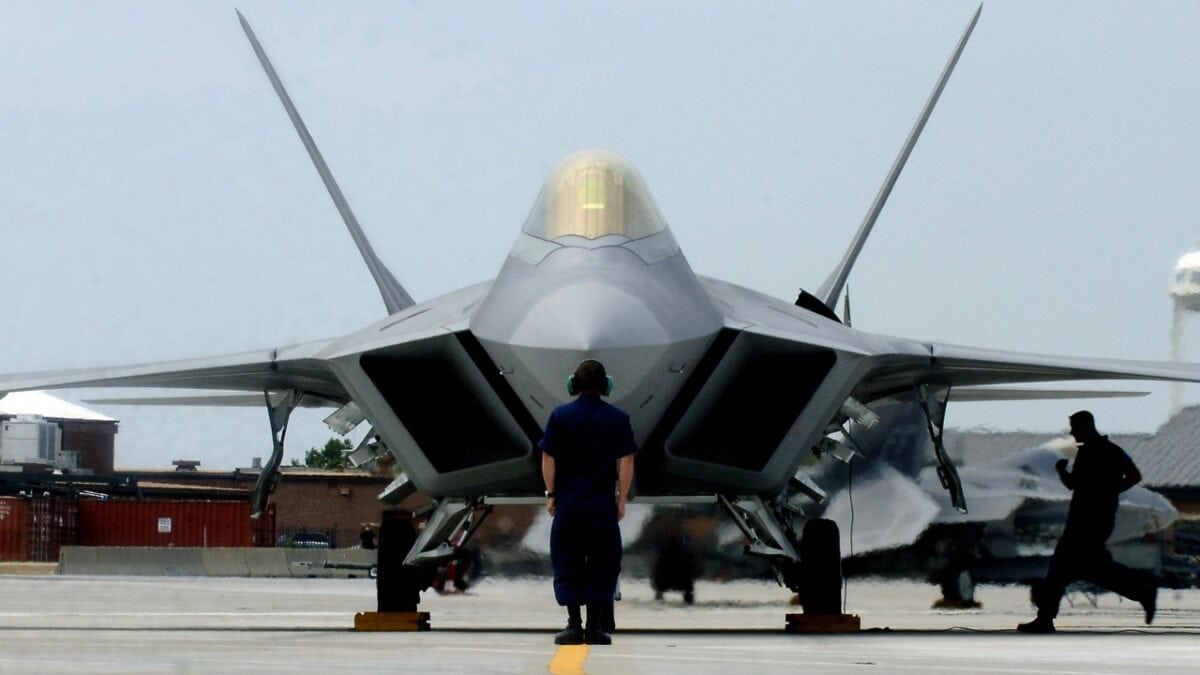
F-22 A Raptor Demonstration Team aircraft maintainers prepare to launch out Maj. Paul “Max” Moga, the first F-22A Raptor demonstration team pilot, July 13. (U.S. Air Force photo/Senior Airman Christopher L. Ingersoll)
A Senior Editor for 19FortyFive, Peter Suciu is a Michigan-based writer. He has contributed to more than four dozen magazines, newspapers, and websites with over 3,000 published pieces over a twenty-year career in journalism. He regularly writes about military hardware, firearms history, cybersecurity, and international affairs. Peter is also a Contributing Writer for Forbes and Clearance Jobs. You can follow him on Twitter: @PeterSuciu.

